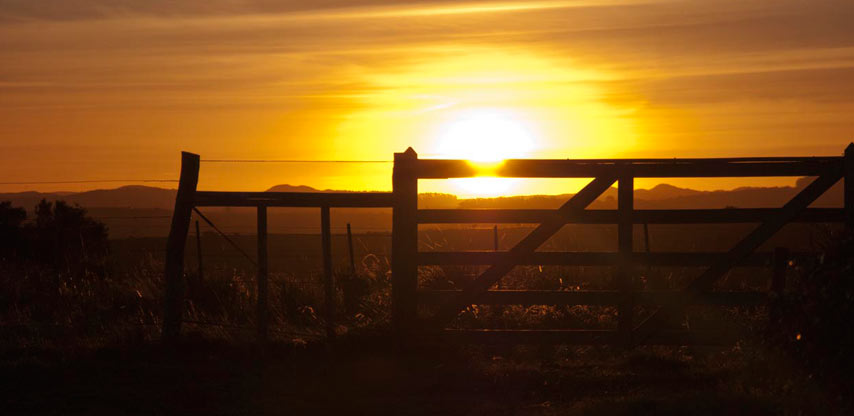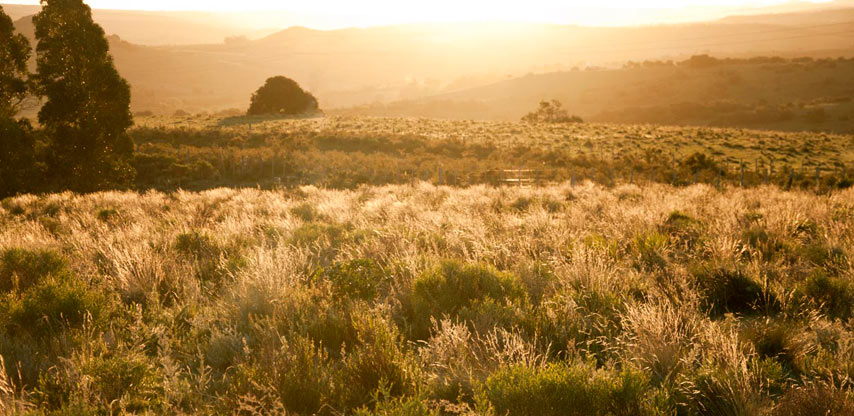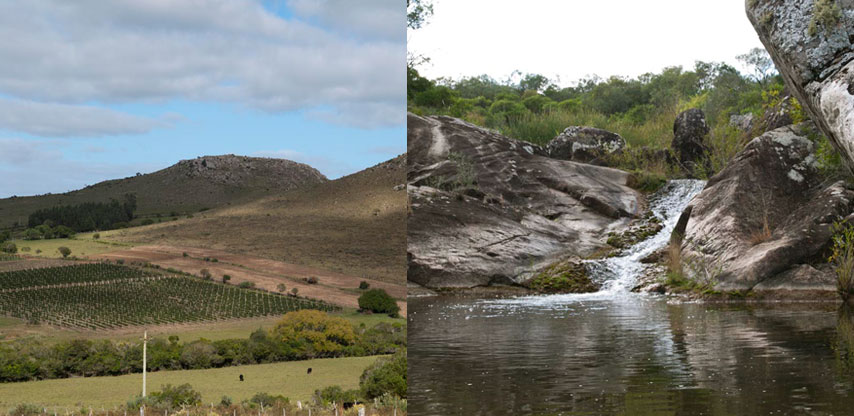This country, that keeps its natural reserves intact, is a secret worth discovering.
The olive grove history began in Uruguay with European immigrants as they brought in olive trees from their native countries. They planted them, nursed them to adapt them to the climate of this new land, where different European varieties - Frantoio, Arbequina, Leccino, Manzanilla, Taggiasca, Pendolino and Moraiolo - are currently cultivated as if they were indigenous plants.
Political and economic stability, excellent location - on the same latitude as the Mediterranean basin - added to the land, and the relatively low production costs if compared with international values, were the bases for increasing olive farming importance since 2003.
Nowadays, with more than 6000 hectares planted and a local market not exceeding one and a half million oil liters a year, growing olive trees in Uruguay has become a most promising bet for investors with an eye on exports.
Presently, Uruguay is very well positioned at the international level and is making use of its easy access to large import markets such as Brazil, the United States and Canada.
Water is a key factor in plant development and Uruguay’s yearly average of 1200 mm a year triples the water availability in most parts of the Mediterranean basin that barely gets 400 mm a year.
The close relationship between olive growing and the concept of nature in pure state empowers, without a doubt, the qualities of this fertile and peaceful country that has preserved its natural reserves turning itself into a secret well worth discovering. There are few who know its great advantages, especially in comparison with its neighbors seemingly more important productions. It may be, and indeed they do, they surpass them in quantity, but the land and the Uruguayan climate offer unique conditions for producing olive oils according to their class and organoleptic characteristics.
Edaphic benchmarks of Uruguayan soil:
The pH of Uruguay’s soil is slightly acid, between 5.5 and 6.5 with an overtly sandy texture.
The best depth is at 1.20m with presence of lytic contact not below 50 cm. The presence of Bt of textural B, that is a claypan horizon of an impervious water table, is very common in Uruguay. Subsoiling is almost mandatory to break it and enable in depth drainage of surplus water.
Natural drainage is always related to the natural soil structure, depending on the clay type, percentage and disposition in the soil. Tolerable slope is 5-8%; in case of higher levels the land should be ploughed across the slope to reduce erosion.
With regards to natural fertility, olive trees demand the presence of an A horizon with the best range of nutrients, especially in the productive period.







